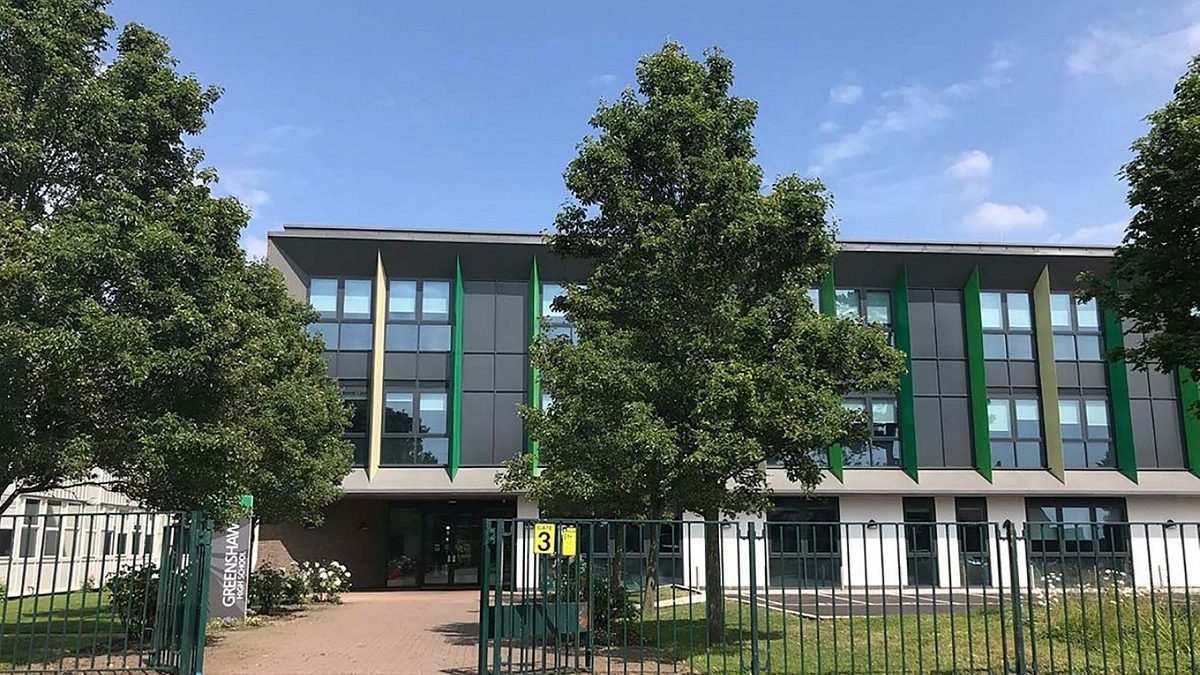
Blog -

Share on:

by Research Schools Network
on the
Making the move from primary to ‘big’ school is a significant and potentially overwhelming transition in the life of any child. Pupils may fret about getting the bus, the toilets, getting lost, learning people’s names, whether anyone would talk to them, forgetting something, where to eat lunch… the toilets (again).
It is unlikely that getting to grips with vocabulary is on a pupil’s worry list – but the newness of language in secondary school can be hugely challenging for every pupil.
The importance of vocabulary, along with schools having a coherent approach to its instruction is referenced in all of the EEF Literacy Guidance reports.
Four years ago, the School of Education at the University of Leeds, in partnership with Huntington Research School, set out to find out more and produce the first comprehensive and systematic description of the range of academic language encountered by pupils at secondary school, with focus on how this differs to academic language at primary school.
Five secondary and eight primary schools in the north of England contributed data including worksheets, textbooks, assessment tasks and PowerPoint slides from across English, Maths, Science, History and Geography creating a corpus of over 2.5 million words. Here are some of the headline findings:
In a typical 5 hour school day, a pupil in KS3 is exposed to more language in terms of tokens [total number of words, including repetitions]. It is difficult to measure precisely, but we are looking at multiples, perhaps three or more times as many words coming at pupils, primarily because written materials are much denser at KS3.
In every subject except for English, KS3 shows a huge increase in the number of word types [individual words, removing repetitions]. In maths, there are around 7,000 types in KS2, and around 12,000 in KS3. In science, there are around 10,000 types in KS2 and 12,000 in KS3. Almost all of these new types are technical or academic words.
A large number of words have everyday meanings and academic meanings (polysemy). Pupils may know the everyday meanings but be uncertain of the academic meaning. This was a particular issue in our science data. Some examples are store, reaction and force, but there are many others.
Just like a Year 7 child in their first weeks at secondary school, the scale of some of those numbers can feel overwhelming, so where can teachers and schools realistically start to support around the linguistic transition?
Areas for vocabulary support may include:
Selection: There are too many words to explicitly teach all of them so judicious selection is important, focused on key topics and threshold concepts within the curriculum. This might centre on some of those polysemous words mentioned above, or driven by baseline assessments that ascertain which words are less well known by pupils.
Exploration: How words are unpicked, discussed and used by pupils. Recommendation 2 in the Secondary Literacy Guidance report provides some options, including morphology, etymology, and word building activities. Creating time in lessons for this and for pupils to begin to apply their knowledge of words can feel like an impossible balancing act when factoring in how much curriculum content needs to be covered. However, without creating space for this, pupils’ learning is likely to be on shaky foundations if certain key principles have not been understood.
This research from Leeds University around the linguistic challenges faced by pupils as they move from KS2 to 3 offers a useful reminder of how ensuring a focus on academic transition could, be a vital thread in making children feel comfortable about making the move to big school. To learn more about the project click here.
Case study
Huntington Secondary School undertook a small trial in the summer term of 2022. Two feeder primaries (one control, one intervention) completed questionnaires involving questions around pupil feelings of confidence in terms of the difficulty of work at secondary school, as well as specific questions about ten key words chosen for English (5 words) and Geography (5 words).
The intervention school then received two 30 minute vocabulary sessions a week for four weeks to allow explicit instruction around eight key words from English and Geography. Post-test questionnaires on the 10 key words showed that for 8 of those words, total correct answers from pupils from the intervention school were at least 9% higher than from the control school.

Blog -

Blog -

Blog -
This website collects a number of cookies from its users for improving your overall experience of the site.Read more